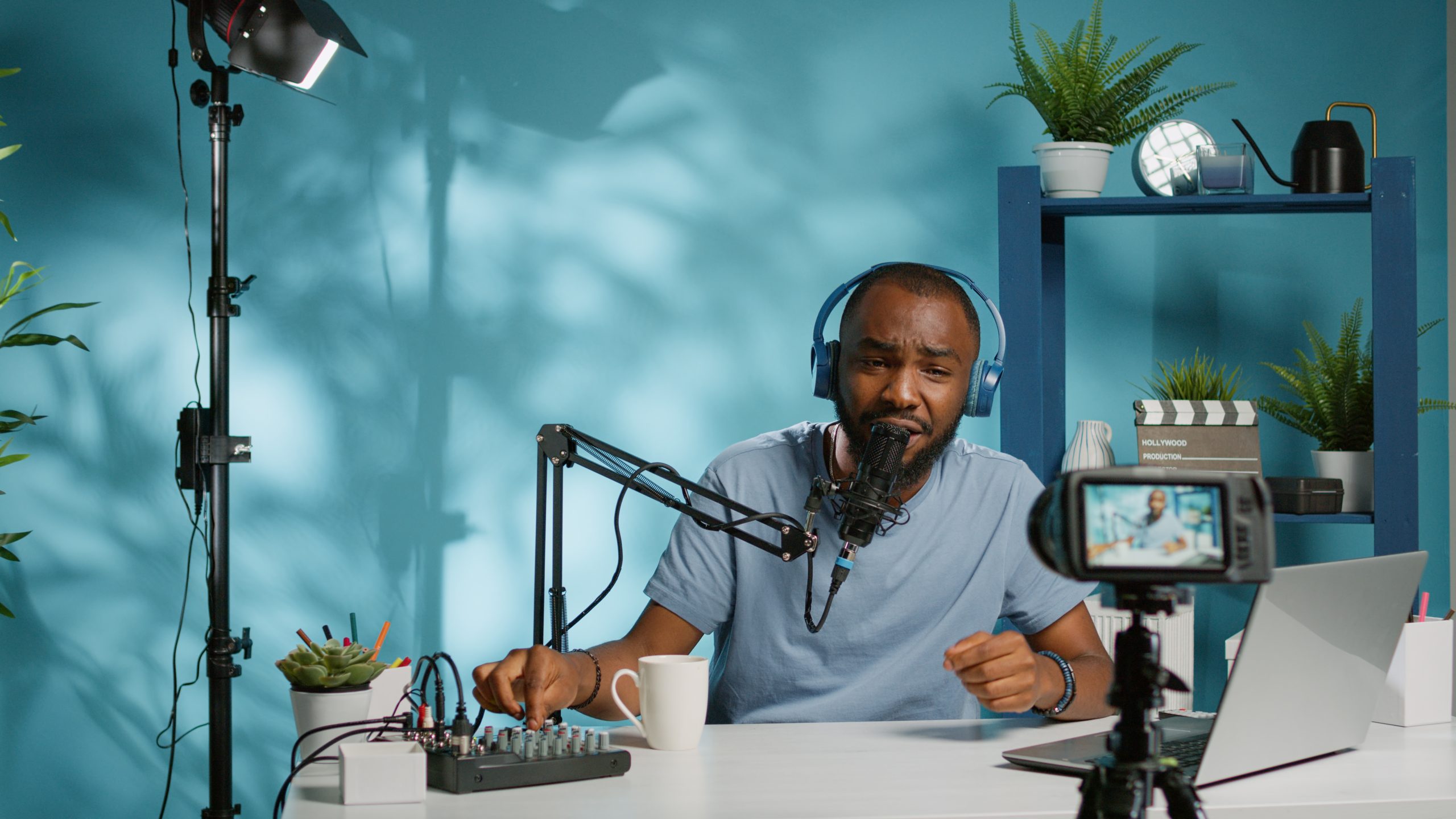In this article, we’ll explore the history and evolution of video podcasts, discuss their benefits and drawbacks, and provide tips for creating and promoting your own video podcast.
Video podcasts have become an increasingly popular form of entertainment and information-sharing in recent years, offering a convenient and flexible way for people to consume multimedia content on their own terms.
The concept of podcasts, in general, can be traced back to the 1980s, when Apple released the iPod and made it easy for people to listen to digital audio files on the go.
However, it wasn’t until the early 2000s that podcasts really took off, thanks to the widespread adoption of smartphones and the development of podcasting software and services such as iTunes and RSS feeds.
Podcasts come in two main forms: audio and video. Audio podcasts, as the name suggests, are audio-only recordings that can be listened to on a computer or mobile device.
Video podcasts, on the other hand, are video episodes that can be watched on a computer or mobile device, often featuring a host or hosts discussing a particular topic or interviewing guests.
One of the major benefits of video podcasts is that they allow for a more immersive and interactive experience than audio podcasts.
While audio podcasts are great for listening to while driving or doing other tasks, video podcasts allow for a more visually engaging experience, with the ability to show demonstrations, slides, or on-location footage.
This can make video podcasts especially useful for topics that benefit from visual aids, such as cooking or tech tutorials.

Video podcasts also have the advantage of being more discoverable than audio podcasts, as they are more likely to show up in search results and can be shared on social media platforms with embedded video players.
This can make it easier for video podcasts to attract new listeners or viewers and build a larger audience.
However, there are also some drawbacks to consider when it comes to video podcasts. For one, they require more time and resources to produce, as they involve capturing and editing video footage in addition to recording audio.
This can make it more difficult for individuals or small teams to produce video podcasts on a regular basis.
In addition, video podcasts can be more demanding on bandwidth and storage, as they typically take up more space than audio files.
This can be a problem for people with limited data plans or those who are trying to watch video podcasts on devices with low storage capacity.
If you’re interested in creating your own video podcast, there are a few things you’ll need to consider. First and foremost, you’ll need to decide on a topic and format that will be interesting and engaging to your target audience.
This could be a solo show featuring you as the host, or a roundtable discussion with multiple hosts or guests. You’ll also need to decide on a frequency for releasing new episodes, whether that be weekly, monthly, or something else.
Once you’ve chosen your topic and format, you’ll need to decide on a recording and editing setup. This could include a microphone and recording software for capturing audio, as well as a camera and video editing software for capturing and editing video footage.
You may also want to invest in lighting and background equipment to improve the overall look and feel of your video podcast.
Once you have all the necessary equipment and software, you’ll need to decide on a hosting platform for your video podcast.
There are a number of options available, including dedicated podcast hosting platforms like Podbean and Buzzsprout, as well as more general-purpose platforms like YouTube and Vimeo. Each platform has its own pros and cons, so it’s worth doing some research and experimenting to find the one that works best for you.

Promoting your video podcasts can also be a challenge, but there are a number of strategies you can use to get the word out and attract listeners or viewers. One effective way to promote your video podcast is through social media platforms like Facebook, Twitter, and Instagram.
You can share links to your episodes, as well as teaser clips or behind-the-scenes content to give people a taste of what you have to offer. You can also join relevant online communities or forums and share your video podcast with others who may be interested in your topic.
Another way to promote your video podcast is through guest appearances on other podcasts or online shows. This can help you tap into new audiences and expose your podcast to a wider range of people.
You can also consider reaching out to websites or blogs in your niche and offering to be interviewed or featured as a guest expert.
Finally, don’t be afraid to ask for help! Collaborating with other creators or reaching out to friends or family for support can be a great way to promote your video podcast and get the word out.
In conclusion, video podcasts offer a convenient and flexible way for people to consume multimedia content on their own terms.
While they do require more time and resources to produce than audio podcasts, they can be a powerful and engaging way to share information and entertainment with a wide audience.
If you’re interested in creating your own video podcast, be sure to choose a topic and format that will be interesting and engaging to your target audience, and use a variety of strategies to promote your podcast and attract listeners or viewers.
Also read How Often Should I Post To My Blog? and The Importance Of An Attractive Website

